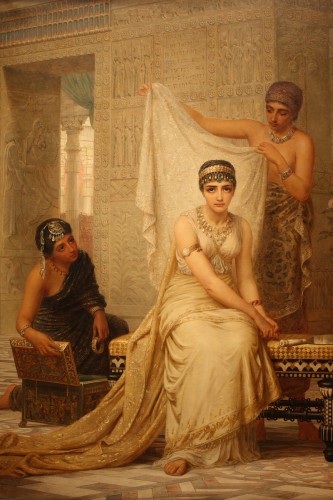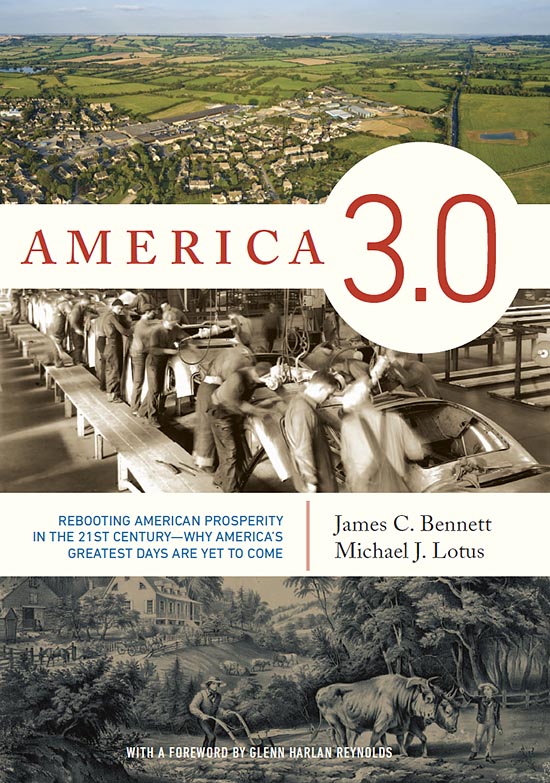The activities of the Obama administration have progressed into Mafia territory the past five years. I never thought things could change this fast but it seems I was wrong. The latest example ?
Soon after the US Government sold the last of its stake in General Motors, the company began to announce a huge number of recalls. These safety defects were known for years but unreported until the federal government sold its interests, at a huge loss of course.
Taxpayers, drivers, and investors who assumed the government would never fail to disclose rampant safety problems in a company it owned can rest easy, though. Instead of investigating fatally flawed GM components while the U.S. government was the company’s largest single owner, the NHTSA was busy harassing Toyota — one of GM’s top competitors — for an alleged malfunction that led to “unintended acceleration” in Toyota vehicles. Toyota was fined and eventually bullied into recalling 8 million vehicles over the issue.
Toyota is probably the safest, highest quality auto maker in the world. I drive one and have bought Toyotas for my daughter.
And what was the final result of the NHTSA investigation?
Many drivers may have confused the gas and brake pedals a problem that may account for “the vast majority” of the unintended acceleration incidents the agency investigated, NHTSA deputy administrator Ron Medford said at Tuesday’s NHTSA press briefing.
“What mostly happened was pedal misapplication where the driver stepped on the gas instead of the brake or in addition to the brake,” Medford said.
The Toyota cases were always about driver error, not safety of the auto. Only the trial lawyers and a complacent government permitted this raid on a company to proceed.
Is that the only case ?



